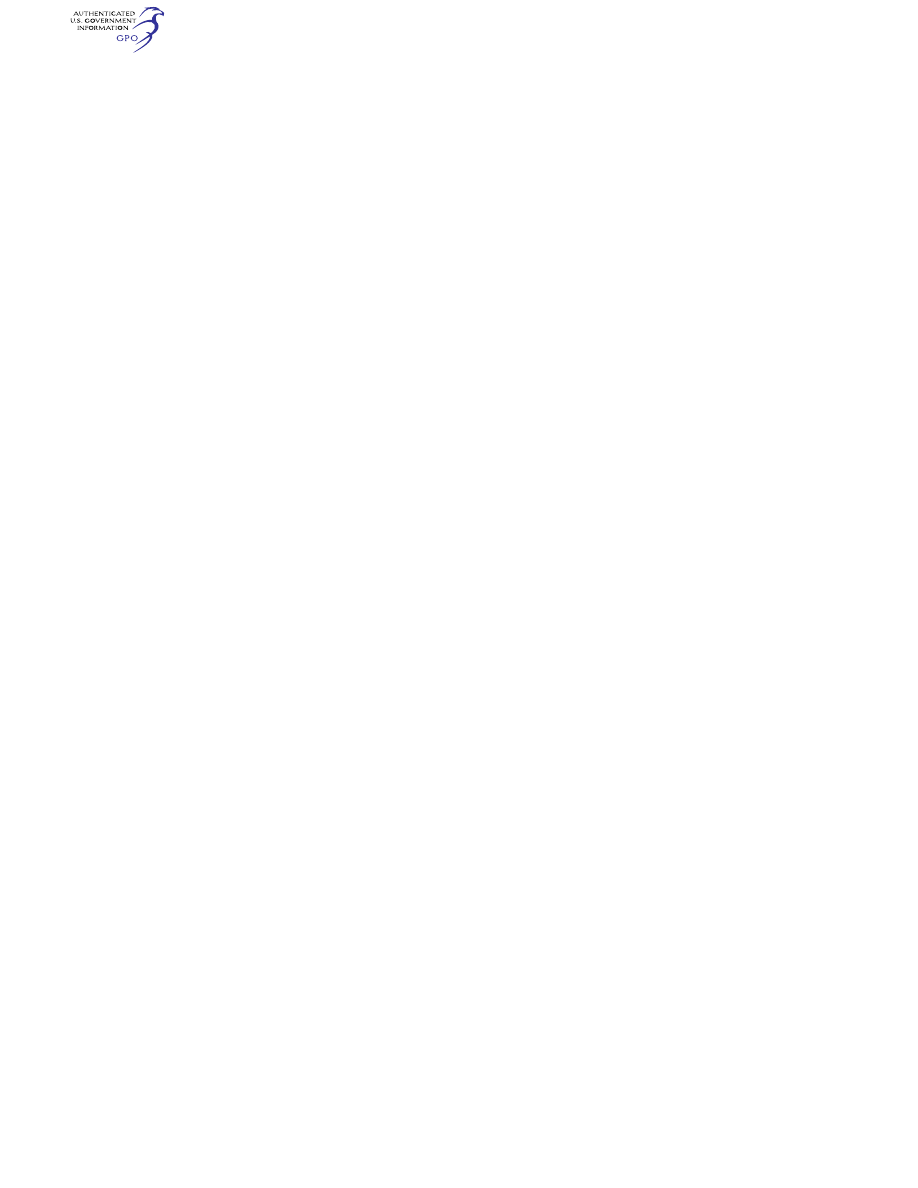
522
14 CFR Ch. I (1–1–24 Edition)
§ 27.787
harness may not be less than that cor-
responding to the inertial forces speci-
fied in § 27.561(b), considering the occu-
pant weight of at least 170 pounds, con-
sidering the dimensional characteris-
tics of the restraint system installa-
tion, and using a distribution of at
least a 60-percent load to the safety
belt and at least a 40-percent load to
the shoulder harness. If the safety belt
is capable of being used without the
shoulder harness, the inertial forces
specified must be met by the safety
belt alone.
(h) When a headrest is used, the head-
rest and its supporting structure must
be designed to resist the inertia forces
specified in § 27.561, with a 1.33 fitting
factor and a head weight of at least 13
pounds.
(i) Each seating device system in-
cludes the device such as the seat, the
cushions, the occupant restraint sys-
tem, and attachment devices.
(j) Each seating device system may
use design features such as crushing or
separation of certain parts of the seats
to reduce occupant loads for the emer-
gency landing dynamic conditions of
§ 27.562; otherwise, the system must re-
main intact and must not interfere
with rapid evacuation of the rotorcraft.
(k) For the purposes of this section, a
litter is defined as a device designed to
carry a nonambulatory person, pri-
marily in a recumbent position, into
and on the rotorcraft. Each berth or
litter must be designed to withstand
the load reaction of an occupant
weight of at least 170 pounds when the
occupant is subjected to the forward
inertial factors specified in § 27.561(b).
A berth or litter installed within 15
°
or
less of the longitudinal axis of the
rotorcraft must be provided with a pad-
ded end-board, cloth diaphram, or
equivalent means that can withstand
the forward load reaction. A berth or
litter oriented greater than 15
°
with
the longitudinal axis of the rotorcraft
must be equipped with appropriate re-
straints, such as straps or safety belts,
to withstand the forward load reaction.
In addition—
(1) The berth or litter must have a re-
straint system and must not have cor-
ners or other protuberances likely to
cause serious injury to a person occu-
pying it during emergency landing con-
ditions; and
(2) The berth or litter attachment
and the occupant restraint system at-
tachments to the structure must be de-
signed to withstand the critical loads
resulting from flight and ground load
conditions and from the conditions pre-
scribed in § 27.561(b). The fitting factor
required by § 27.625(d) shall be applied.
[Amdt. 27–21, 49 FR 44434, Nov. 6, 1984, as
amended by Amdt. 27–25, 54 FR 47319, Nov. 13,
1989; Amdt. 27–35, 63 FR 43285, Aug. 12, 1998]
§ 27.787
Cargo and baggage compart-
ments.
(a) Each cargo and baggage compart-
ment must be designed for its plac-
arded maximum weight of contents and
for the critical load distributions at
the appropriate maximum load factors
corresponding to the specified flight
and ground load conditions, except the
emergency landing conditions of
§ 27.561.
(b) There must be means to prevent
the contents of any compartment from
becoming a hazard by shifting under
the loads specified in paragraph (a) of
this section.
(c) Under the emergency landing con-
ditions of § 27.561, cargo and baggage
compartments must—
(1) Be positioned so that if the con-
tents break loose they are unlikely to
cause injury to the occupants or re-
strict any of the escape facilities pro-
vided for use after an emergency land-
ing; or
(2) Have sufficient strength to with-
stand the conditions specified in § 27.561
including the means of restraint, and
their attachments, required by para-
graph (b) of this section. Sufficient
strength must be provided for the max-
imum authorized weight of cargo and
baggage at the critical loading dis-
tribution.
(d) If cargo compartment lamps are
installed, each lamp must be installed
so as to prevent contact between lamp
bulb and cargo.
[Doc. No. 5074, 29 FR 15695, Nov. 24, 1964, as
amended by Amdt. 27–11, 41 FR 55469, Dec. 20,
1976; Amdt. 27–27, 55 FR 38966, Sept. 21, 1990]
§ 27.801
Ditching.
(a) If certification with ditching pro-
visions is requested, the rotorcraft
VerDate Sep<11>2014
09:06 Jun 28, 2024
Jkt 262046
PO 00000
Frm 00532
Fmt 8010
Sfmt 8010
Y:\SGML\262046.XXX
262046
jspears on DSK121TN23PROD with CFR